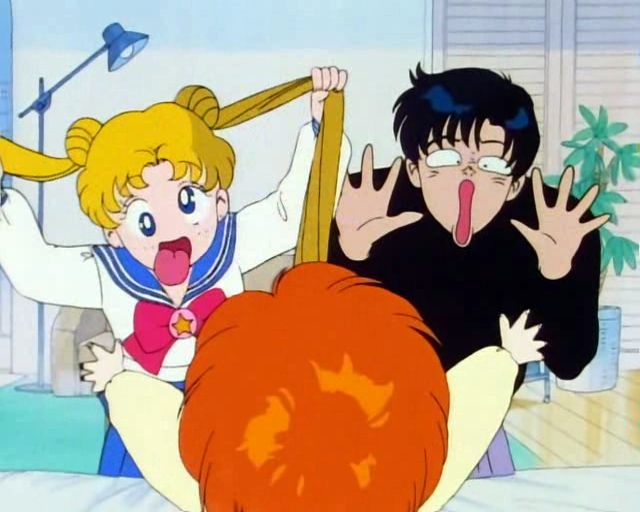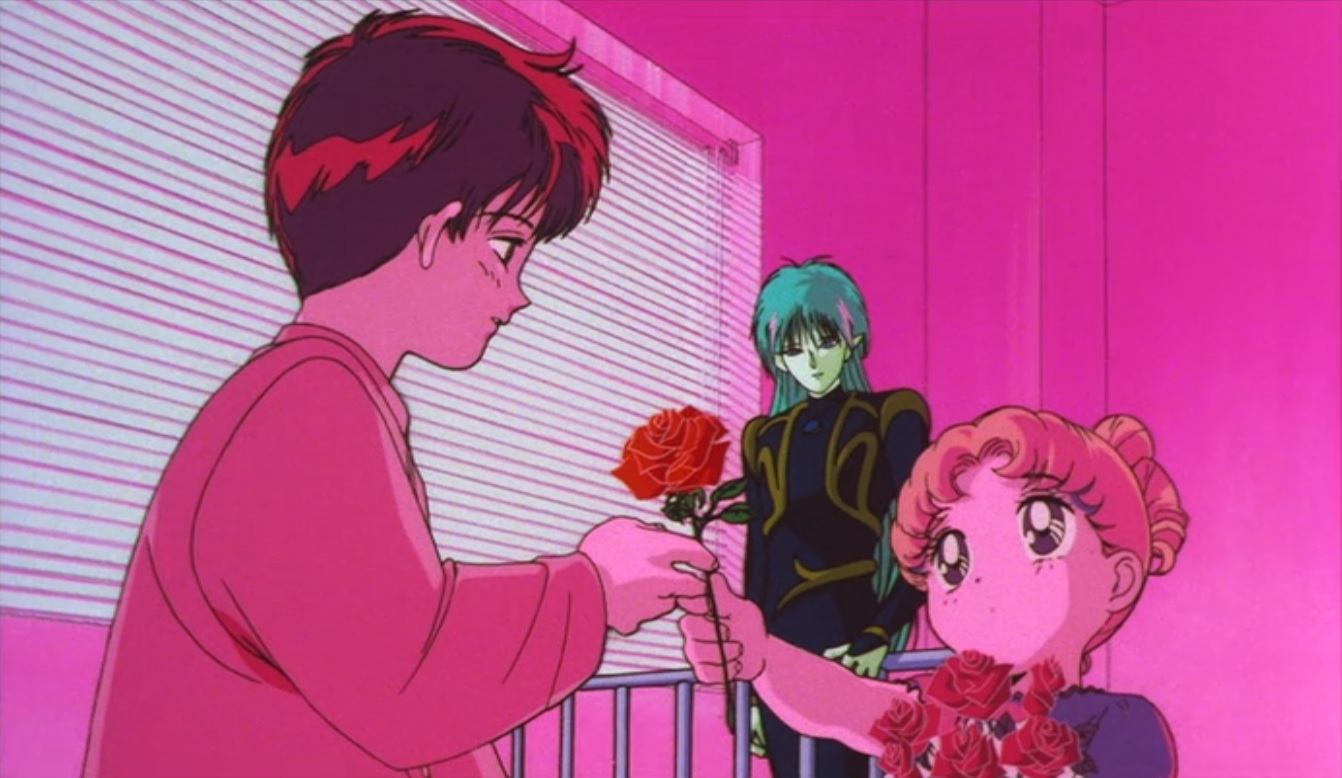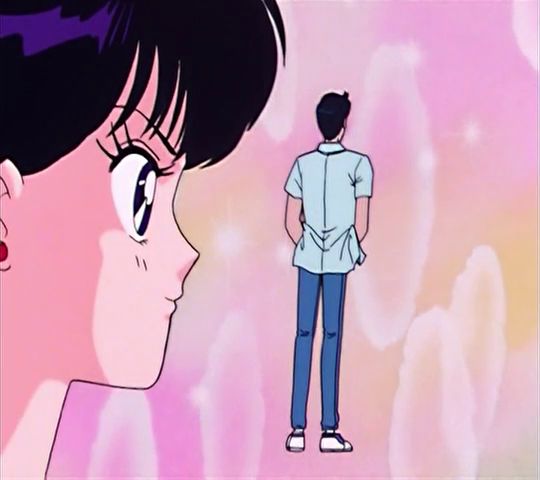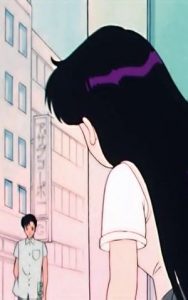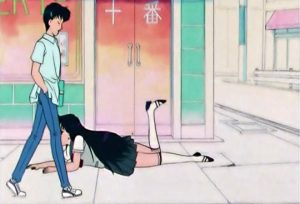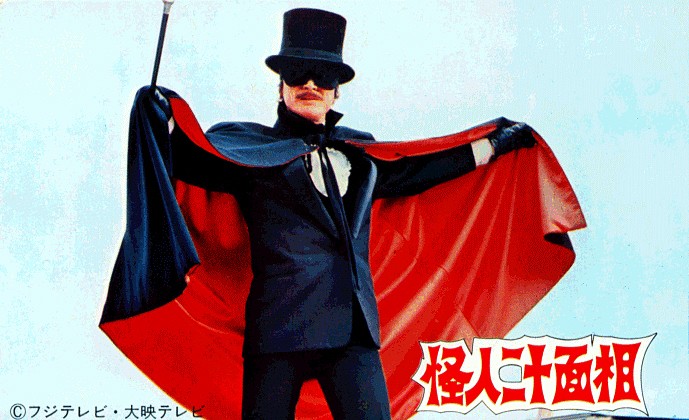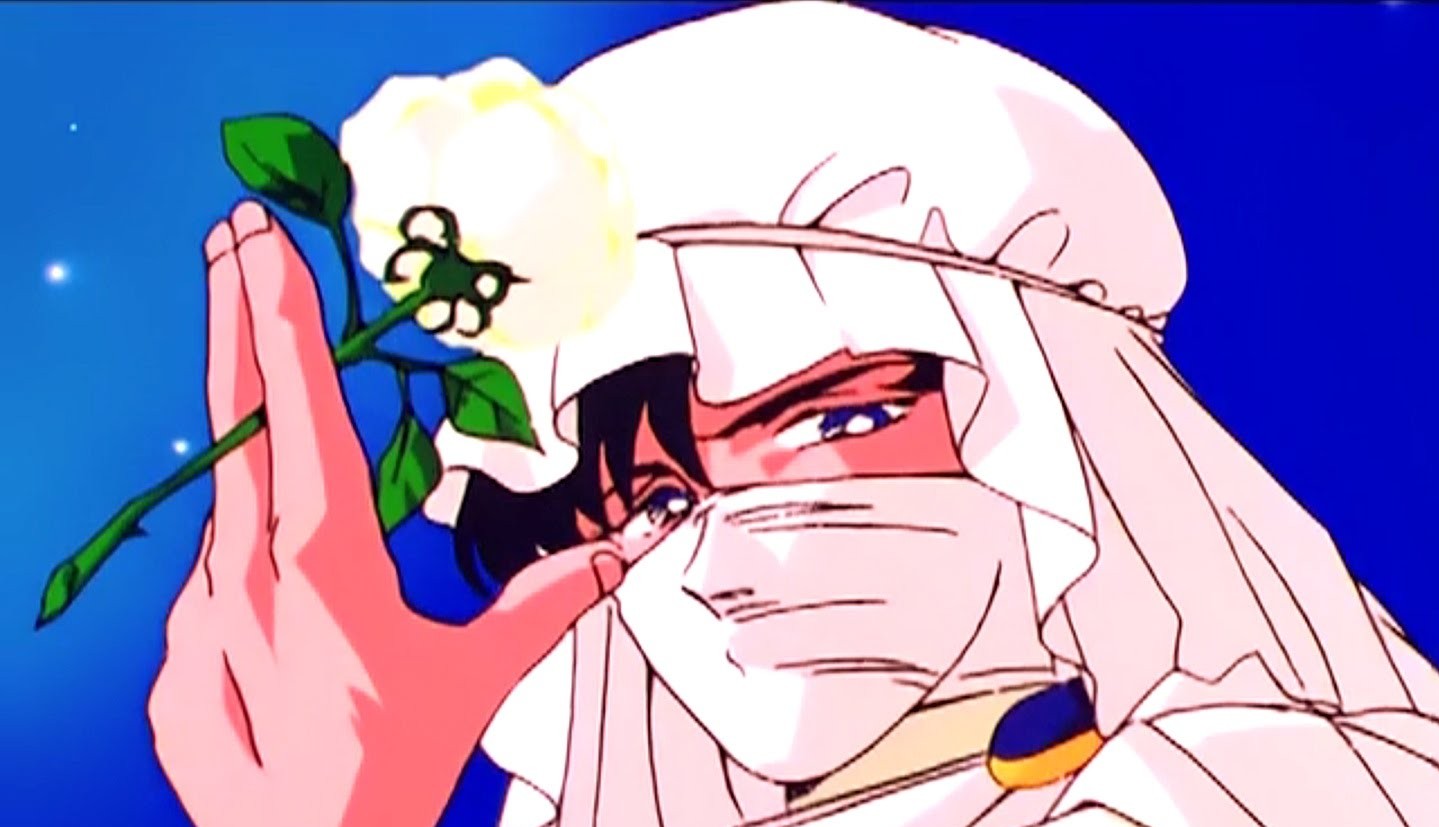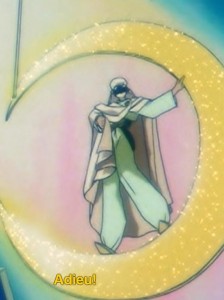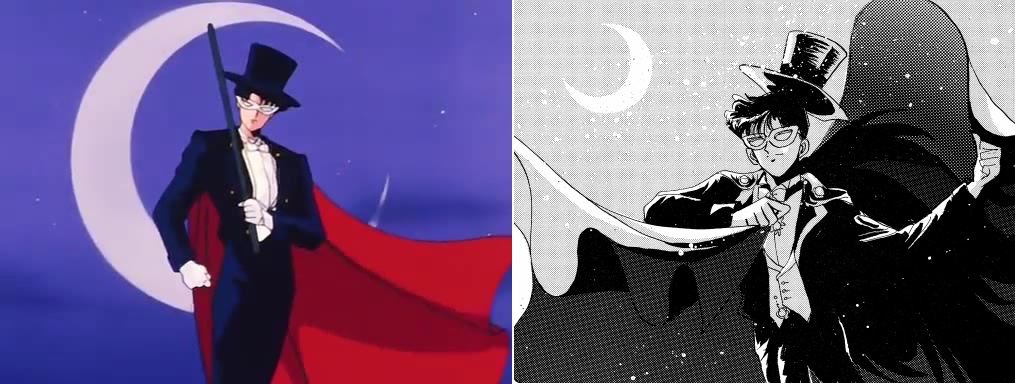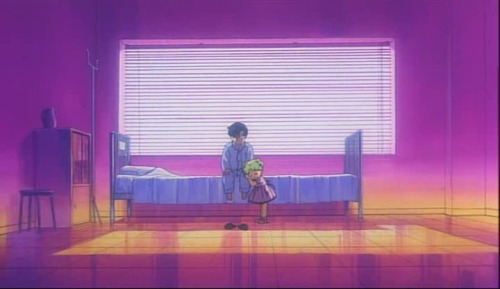
Usagi brings Mamoru a Rose (Sailor Moon R Movie)
While we know that Mamoru was pretty different between the manga and the anime and that his alter-ego Tuxedo Mask wasn’t spared from changes, it’s also worth taking a look at how one of the more notable traits about Mamoru – his amnesia – was treated between the two versions. As happens with a great majority of the cast of Sailor Moon, it all starts with the tragic death of Mamoru’s parents, when he’s six years old (according to the manga, on his sixth birthday). As the story goes, he and his family get into a car accident and he’s the only survivor, though he’s been left with amnesia. This is where I think things get interesting.
Let’s stop for a moment and think about what this amnesia means for a bit. Though we usually talk about amnesia as one big, abstract thing, there are actually multiple forms. What is typically referred to in the Sailor Moon series is the form where, due to some form of emotional or physical trauma, you lose your memories of events leading up to it. This is known as retrograde amnesia. While this is made out to be a big thing, when you think about it, it actually has very little impact on him. If he lost all of his memories at six years old and, at the time of the series, he’s 16 or 18 years old (in the manga and anime, respectively), that would mean that he’s spent more years gaining new memories than he’s lost. In fact, due to a phenomenon known as childhood amnesia, most people don’t remember anything prior to the age of three.
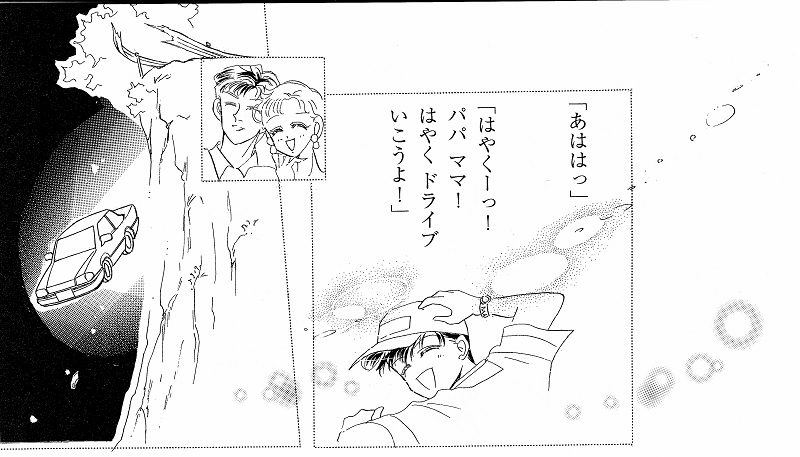
The Chiba Family (Act 7, vol. 2, p. 53)
Now, I don’t mean to trivialize his hardship, but that means that Mamoru had 10-12 years to rebuild and make new memories to replace the three years of his life that he forgot. I don’t know about you, but I’d say that it’s actually a relatively minor issue, in the grand scheme of things. In fact, manga Mamoru doesn’t seem terribly affected by this other than mentioning concern over whether he really is Mamoru Chiba and that he has dreams of a woman telling him to find the Silver Crystal. What about anime Mamoru, then?
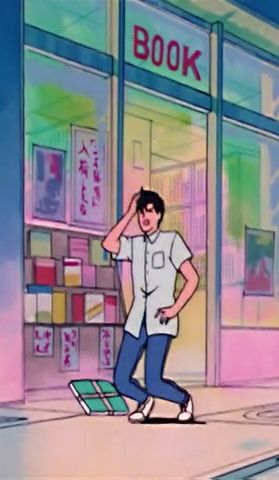
Mamoru’s Transformation (ep. 19)
Unfortunately, from what we see throughout the anime, he’s much worse off here. Not only does he suffer amnesia from before the accident, he also seems to suffer from occasional bouts of what’s known as anterograde amnesia, i.e., losing track of time and failing to create new memories as things happen. This seems to occur in conjunction with his transformation into Tuxedo Mask which, unlike in the manga, he’s actually unaware of his alternate identity entirely.
In Mamoru’s big reveal as Tuxedo Mask in the anime, upon sensing that Sailor Moon is in trouble trying to save Naru from Nephrite in his costume as the Tuxedo Mask imposter, Mamoru suddenly suffers from a massive headache as he’s walking down the street and drops to his knees before transforming into Tuxedo Mask.
What’s interesting here is that as he’s falling down, he says:
「ま、またか、頭がッ」 (ma, mataka, atama ga…)
“N.. not again, my head!”
So it seems that all of his transformations into Tuxedo Mask are not only happening without his knowledge, but he’s also left without any memories of it either.
I think it’s definitely interesting to see how both the manga and anime took the impact of the accident on Mamoru to completely different places. While it affected his sense of self in the manga (his sense of a missing past), more than anything else it seems to have caused a rift inside him in the anime, leading to the creation of Tuxedo Mask as a separate identity and his loss of memories during his transformation. Now if only someday someone would explain where all that money came from!
